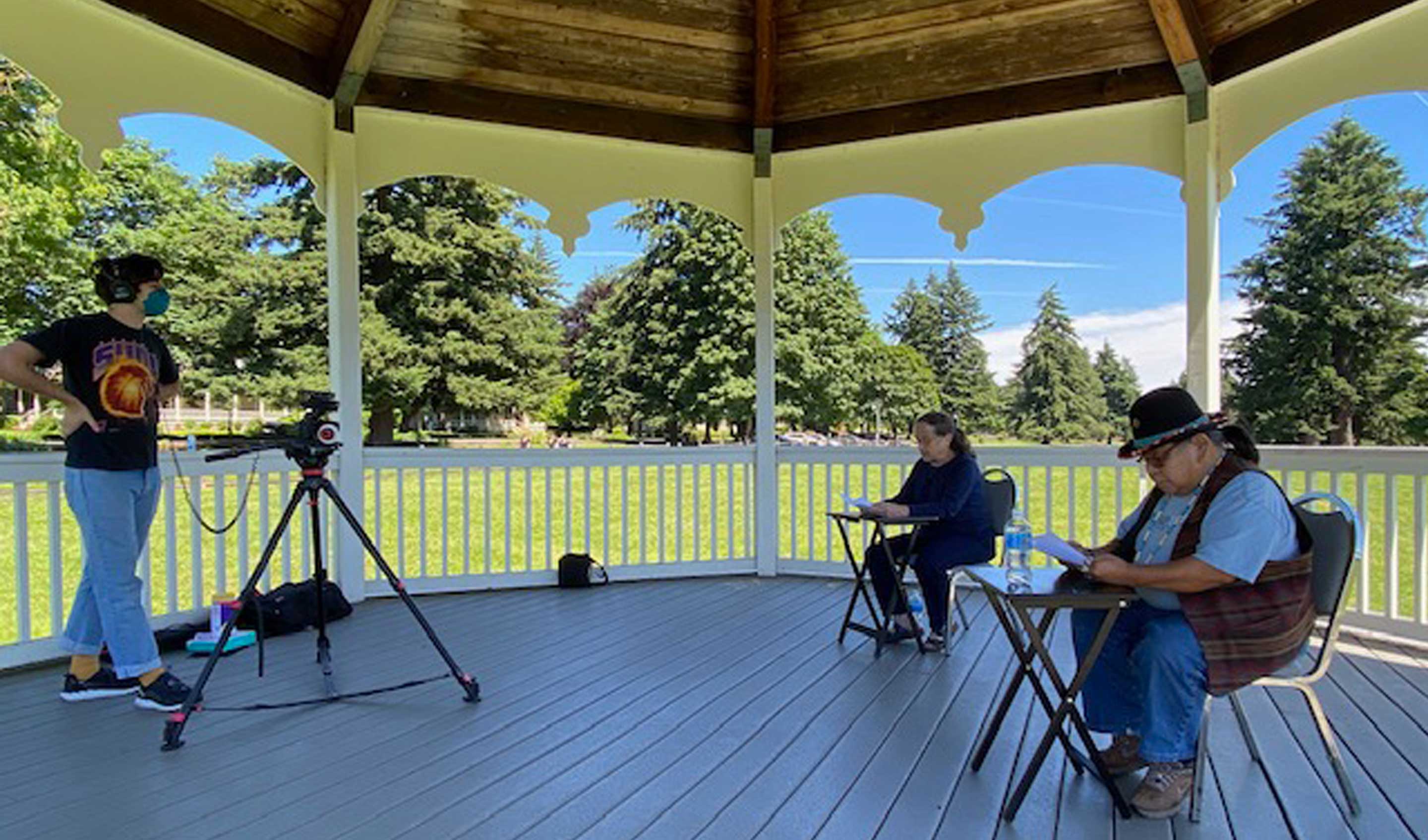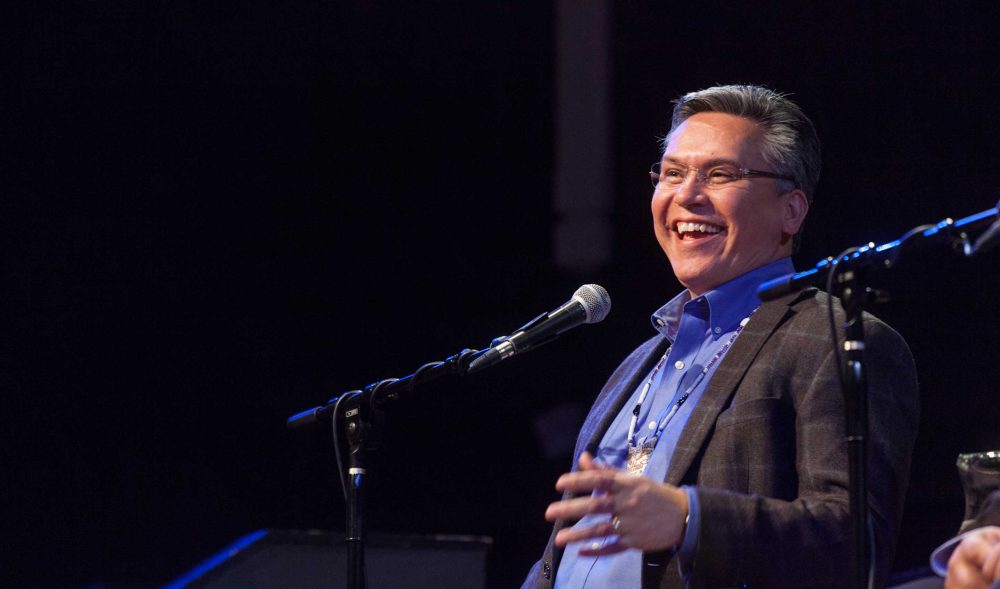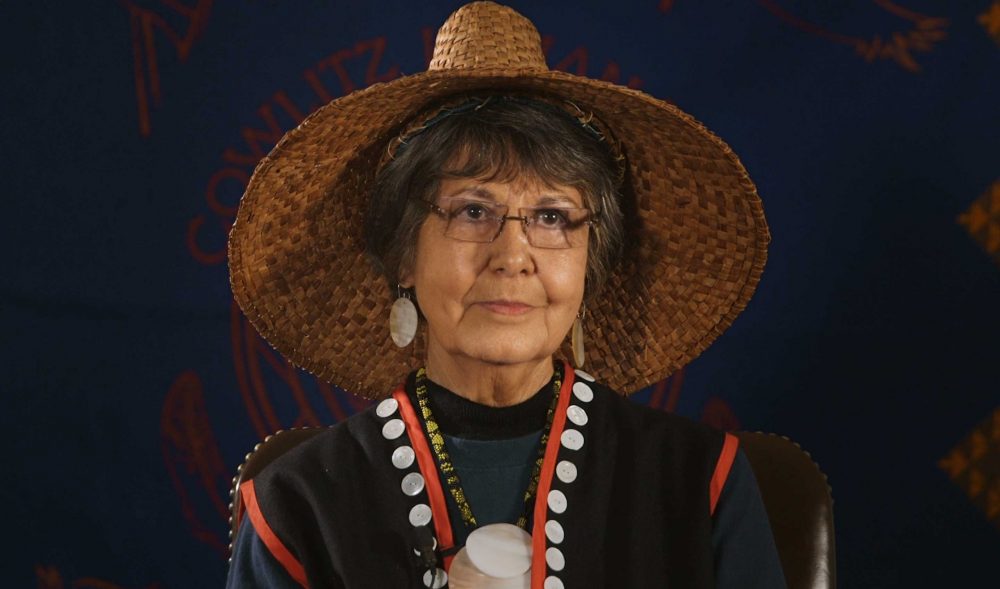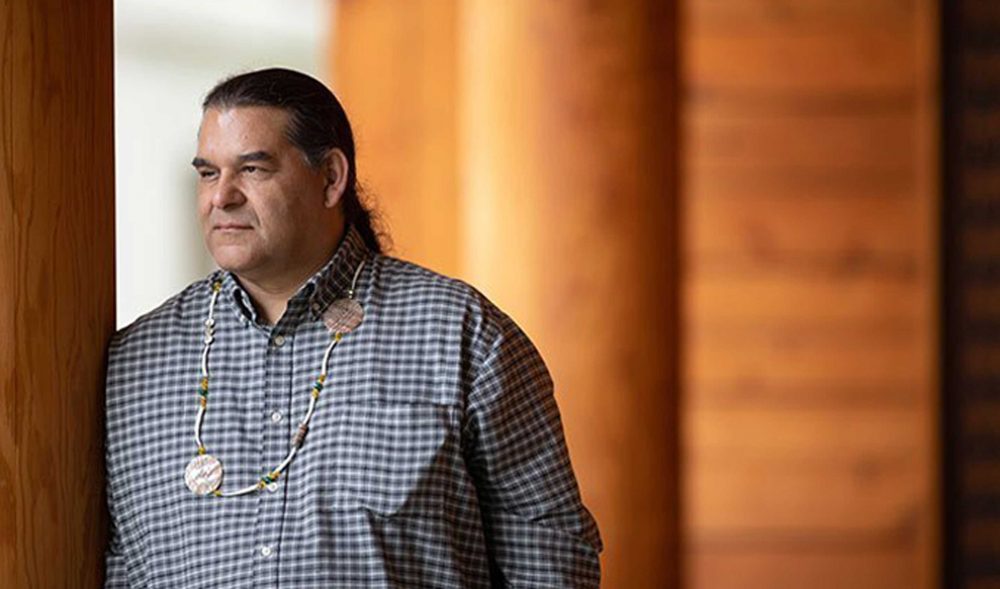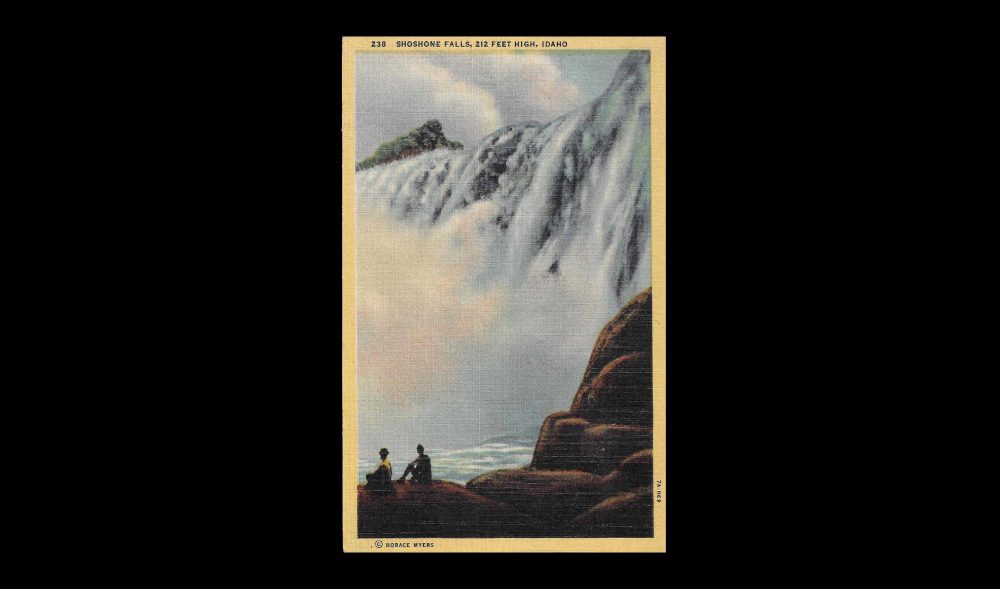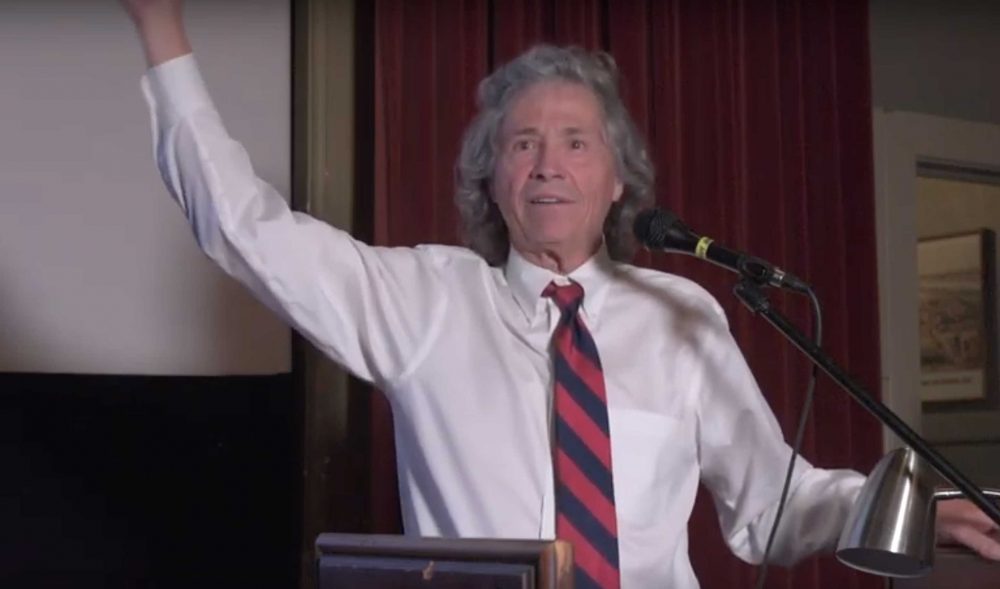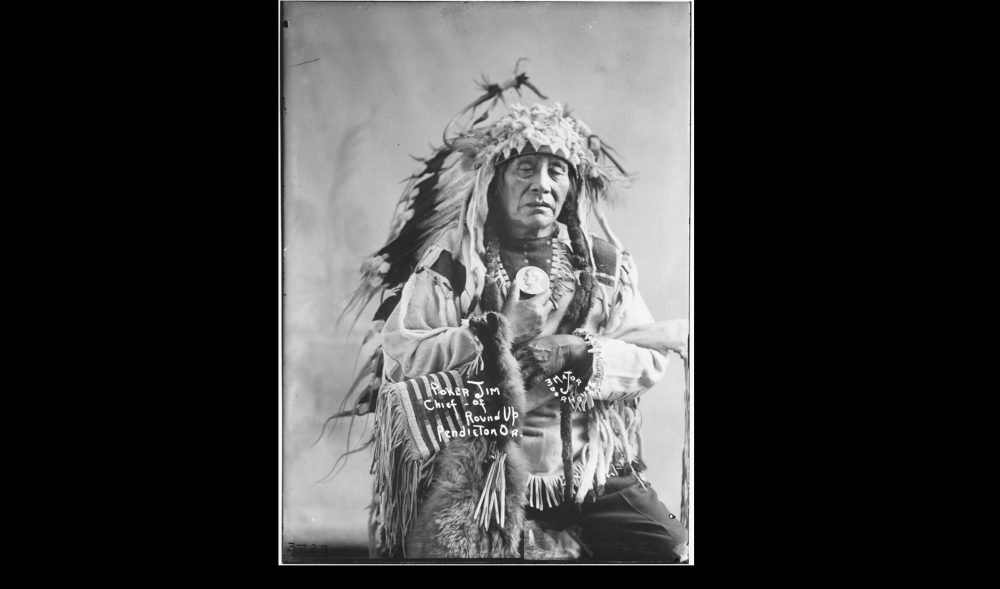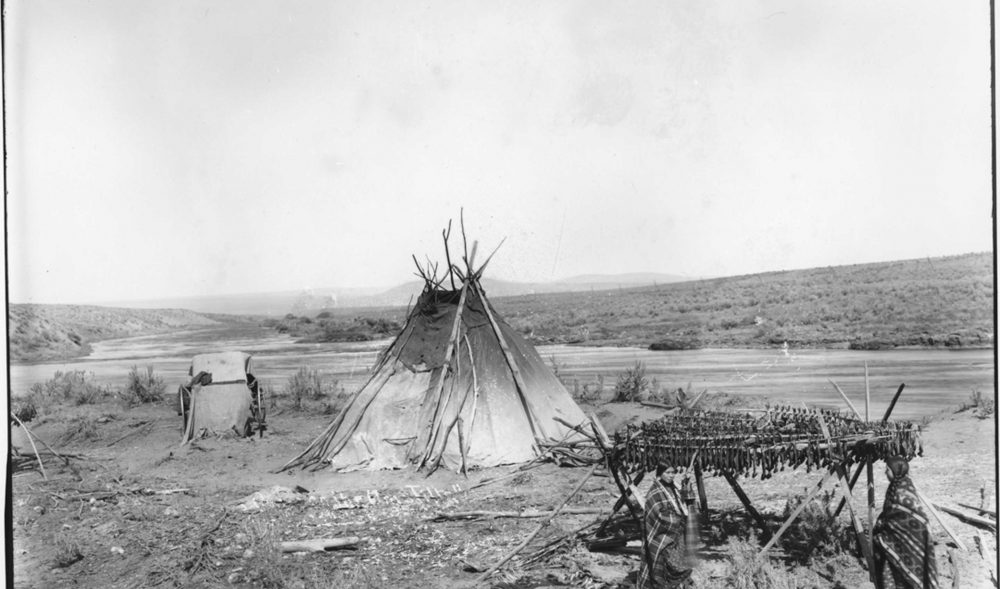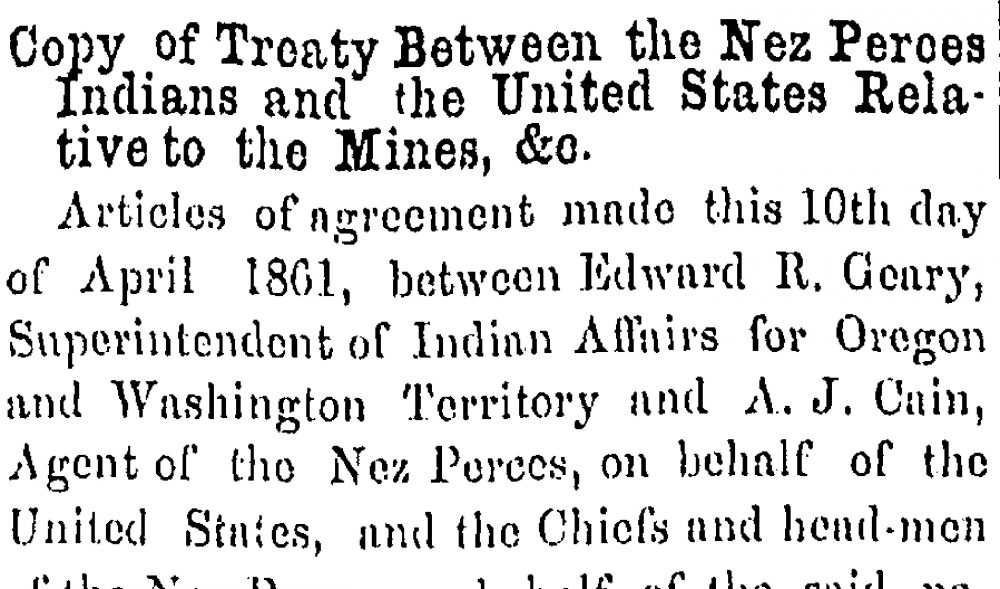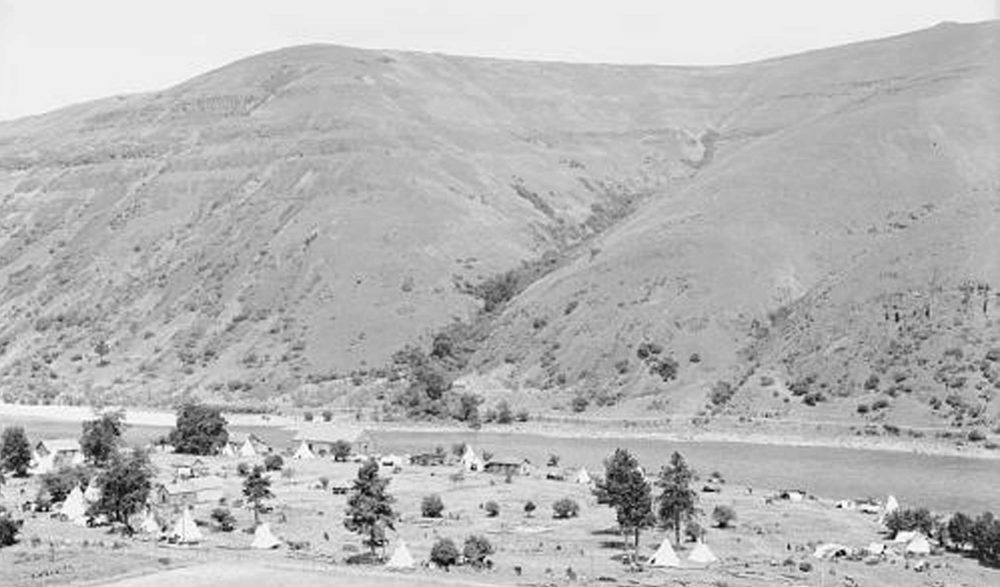Confluence Library
Native American Elder, Storyteller, and Educator Ed Edmo, and former professor Lani Roberts speak about growing up in The Dalles during the 1950s. Although they grew up in the same area and are the same age, their lives were lived in parallel fashion because of the differences in their ethnic heritage. Their juxtaposed stories give a full picture of rural Oregon and the parallel lives they led along the N’chi-Wana River.
Paul Lumley, the Executive Director of NAYA PDX, talks about how treaties are a source of power for tribes, the importance of tribes being in charge of their own science, and the resilence and passion tribes have to maintain their traditions.
Tanna Engdahl, the spiritual leader of the Cowlitz Indian Tribe, talks about Cowlitz federal recognition, the experience of non-treaty tribes, the impact of the disease on the Cowlitz and the spiritual power of sacred sites and ancestors.
In this episode, anthropologist and Grand Ronde historian David Lewis, discusses the loss of land, tribe-settler interactions, the historical context of Grand Ronde’s treaty negotiation, and protecting rights that weren’t guaranteed in treaties.
This vintage postcard of Shoshone Falls was found in an antique store. The art was done by Horace C. Myers, an Idaho photographer.
This talk argues that the Doctrine of Discovery morphed into “American Manifest Destiny” and was used, and is still being used today, to justify the United States’ acquisition of the lands and assets of the Indian Nations and peoples.
The site of Sacajawea State Park had been important for trade and kinship. The Corps of Discovery were led there by Sacajawea in 1805. By the 1870s, settlers took the land and local tribes were sent off to reservations.
Many different tribes came together at the site of modern-day Sacajawea State Park. Although to later explorers it seemed barren, this crucial trading site was also an important site for weddings and kinship exchanges.
A brief summary of the treaties and Acts signed by Presidents Lincoln, Johnson, and Grant in the 1860s and 1870s which affected Native tribes, especially the Nez Perce.
The Nez Perce are a tribe found throughout Eastern Washington, Oregon, and Idaho. The Nez Perce were known for their early openness to white settlers, and later for their persecution. Special focus on Chief Timothy.

